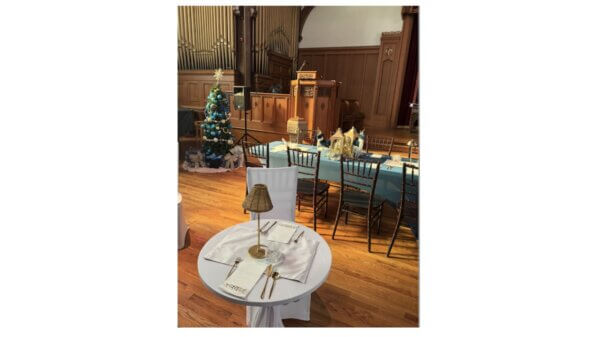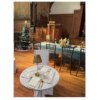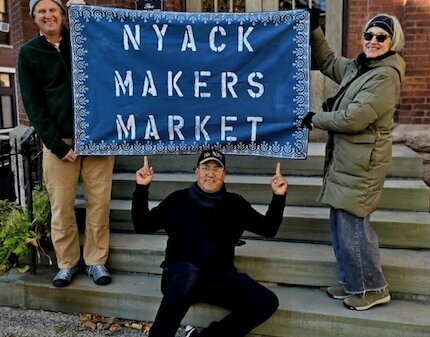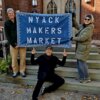Few passersby on quiet Haven Court realize that a century ago, the land beneath their feet offered a revolutionary retreat: a country club run entirely by and for working women created before women had the right to vote. Part spa and part rest home—with a scrumptious view of the Hudson River—the now-forgotten Haven Country Club sat well back from Franklin Street, just below the future site of the old Nyack High School. It formed a stark contrast to Nyack’s other country clubs of the era: the Nyack Country Club, an elite social club in Upper Nyack, and the Clarkstown Country Club, a yoga retreat with a circus atmosphere in South Nyack.
How did a women-run country club end up near downtown Nyack? And what became of it?
To answer that, we’ll explore the property’s history and examine the life of Anna Maxwell, the “Florence Nightingale of America,” who helped define the nursing profession and opened doors for women in the early 20th century.

The DeCantillon Estate – Future Home of the Haven Country Club
In the mid-1850s, Richard DeCantillon built an impressive symmetrical Italianate-style mansion with a cupola and a sweeping veranda on a large parcel fronting Franklin Street, between what is now Haven Court and Fifth Avenue. Named DeCantilon Place at the time, Third Avenue north of Broadway ended at the estate. DeCantilon’s property stretched all the way to Oak Hill Cemetery and included what is now the BOCES School (formerly Nyack High School) and much of the Nyack Hospital block. The Burleigh lithographic map from 1884 shows a small forest surrounding the house and fruit trees climbing the hill.

Little is known about DeCantillon himself. He married Mary Tallman, a member of one of Nyack’s early landholding families, and possibly related to the Sickles family, founders of the Rockland Female Institute. De Cantillon served as a trustee for Rockland College, a coed day and boarding school located on Sickles Avenue, north of Highland Avenue (Route 9W). De Cantillon died in 1888 at the age of 75.
Summer Home of the President of the New York Stock Exchange
After DeCantillon’s death, William Alexander Smith purchased the estate. Smith, a Wall Street banker and stockbroker, helped found the New York Stock Exchange and served as its president in 1866. The Smiths named the estate West Hill and used it as a summer retreat. The home hosted teas, card parties, and church events that often appeared in local papers. Smith’s hobby of collecting autographs included numerous letters from George Washington along autographs of Benedict Arnold, ben Franklin, Alexander Hamilton, and Patrick Henry.
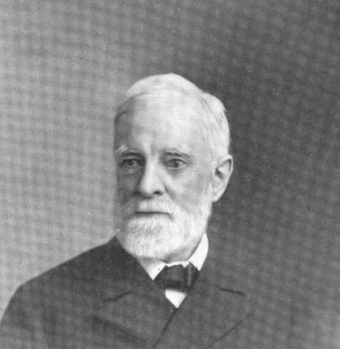
The house held its share of mysteries. In 1898, someone unearthed a silver watch buried three feet deep in the lawn, with no clue as to how it got there. Not long after, a passerby reported seeing a ghost near the property while walking along Franklin Street, adding to the home’s growing legend.
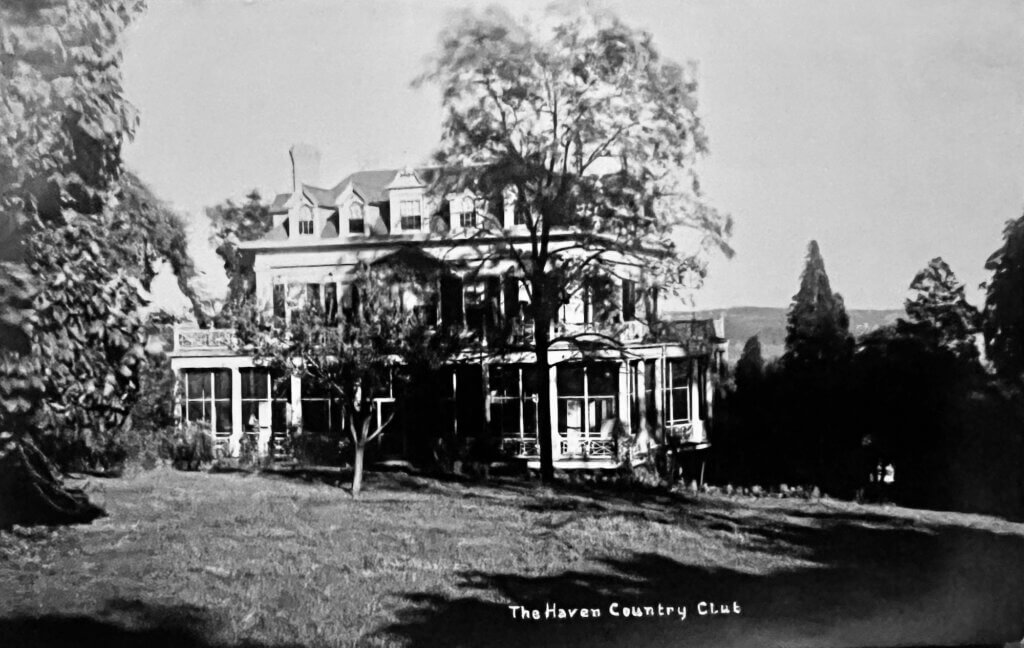
Smith died in 1911 as the NYSE’s oldest living member. Many prominent financiers rode a special train car from the city to attend the funeral. A procession of carriages followed Smith’s body to the summit of Oak Hill Cemetery, where Bishop Greer of the New York Diocese led the graveside service.
Anna Maxwell – The American Florence Nightingale
Born in Bristol, NY in 1851, Anna Maxwell pioneered the nursing profession and helped lay the foundation for nursing in the military. She began her training at the New England Hospital for Women and Children in Boston, where she specialized in obstetrics. From there, Maxwell went on to establish nursing programs in Montreal and at Massachusetts General Hospital before returning to New York City. In 1892, she became director of the nursing program at Presbyterian Hospital—a position she held for 30 years. That same year, the school evolved into what would become the Columbia University School of Nursing, the first of its kind.
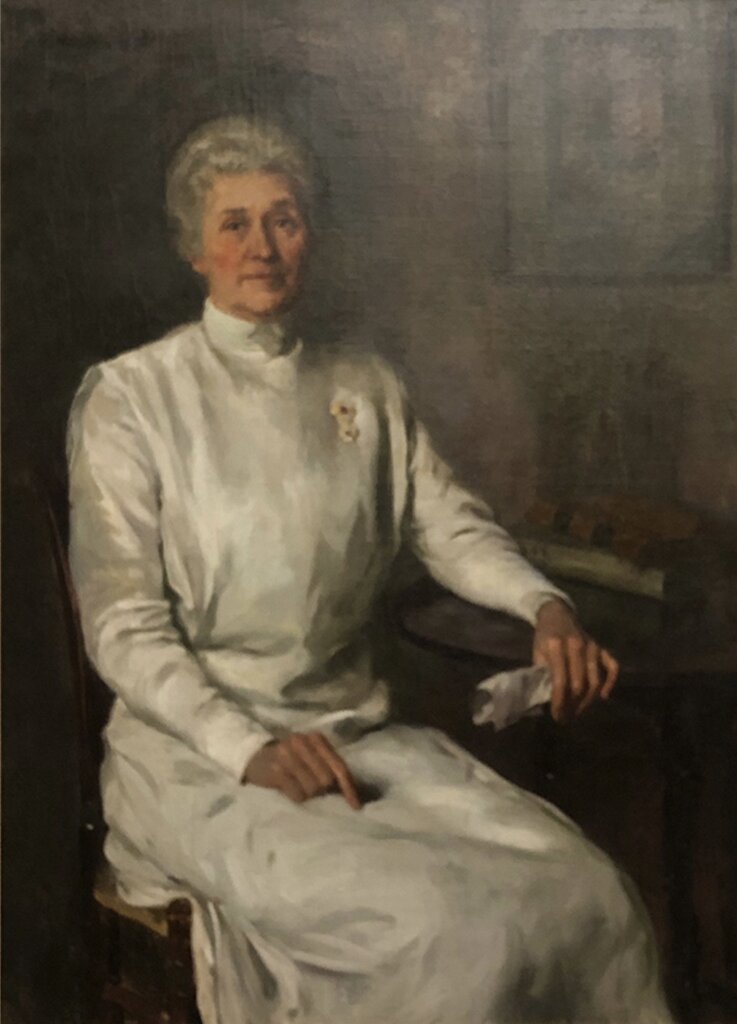
Maxwell’s influence extended far beyond the classroom. During the Spanish-American War, she led efforts to combat typhoid and other diseases in a military hospital in Georgia. Her leadership and effectiveness in the field contributed directly to the creation of the U.S. Army Nurse Corps in 1901. She later continued her service abroad during World War I, further cementing her legacy as a transformative figure in both civilian and military nursing.
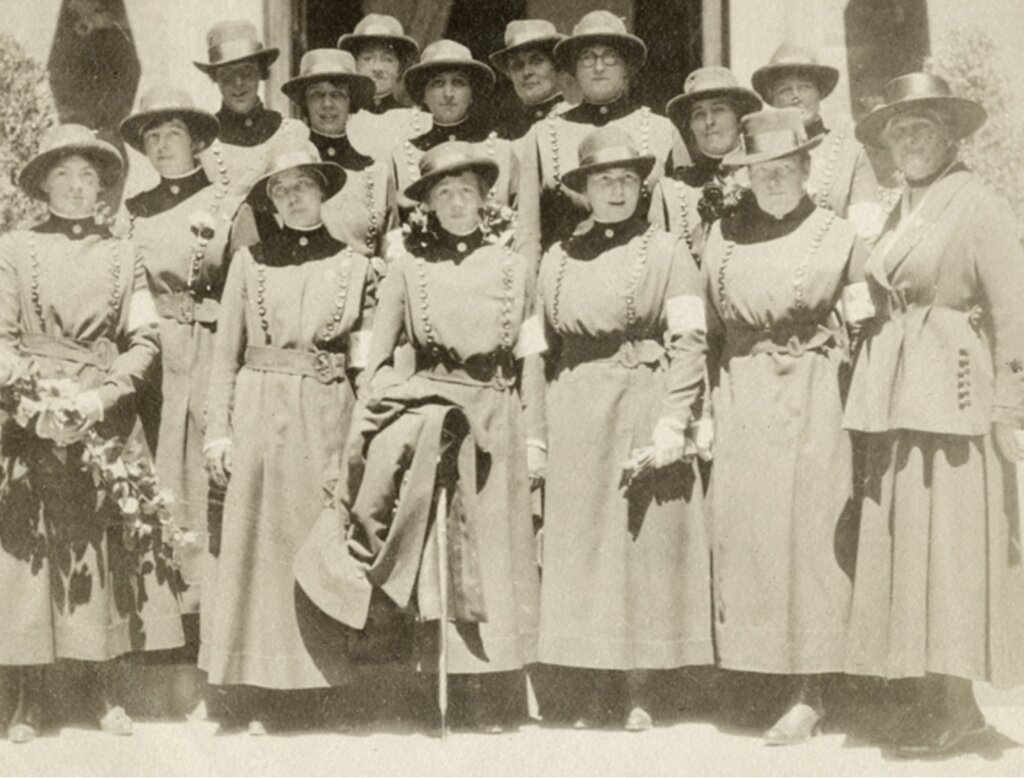
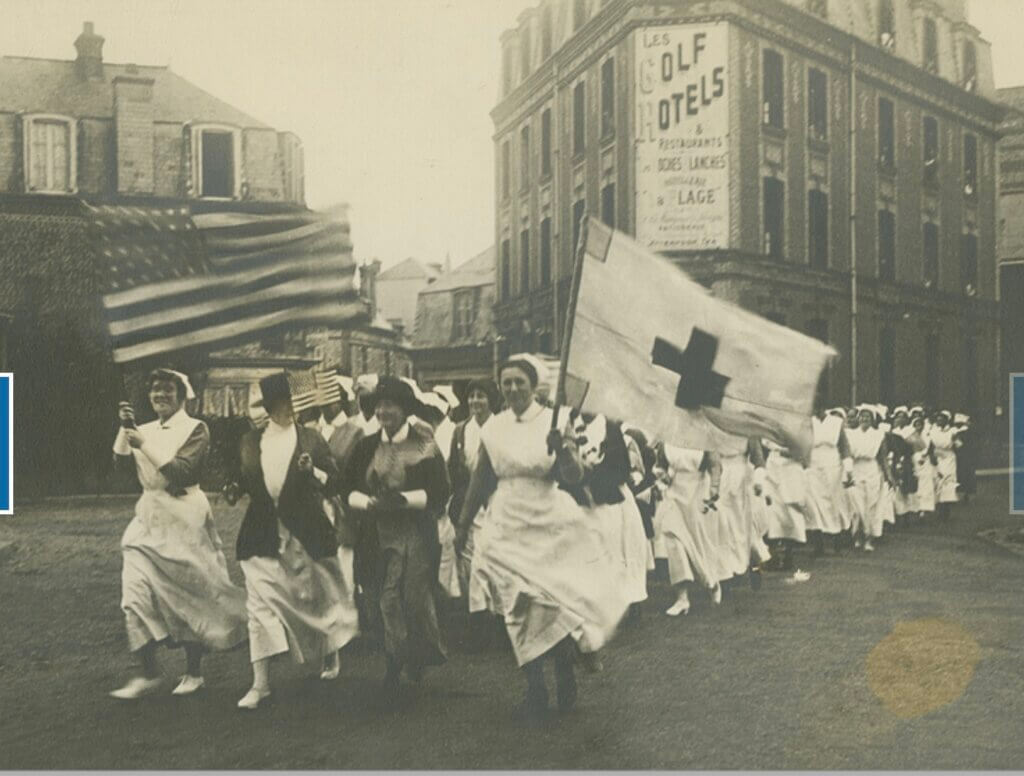
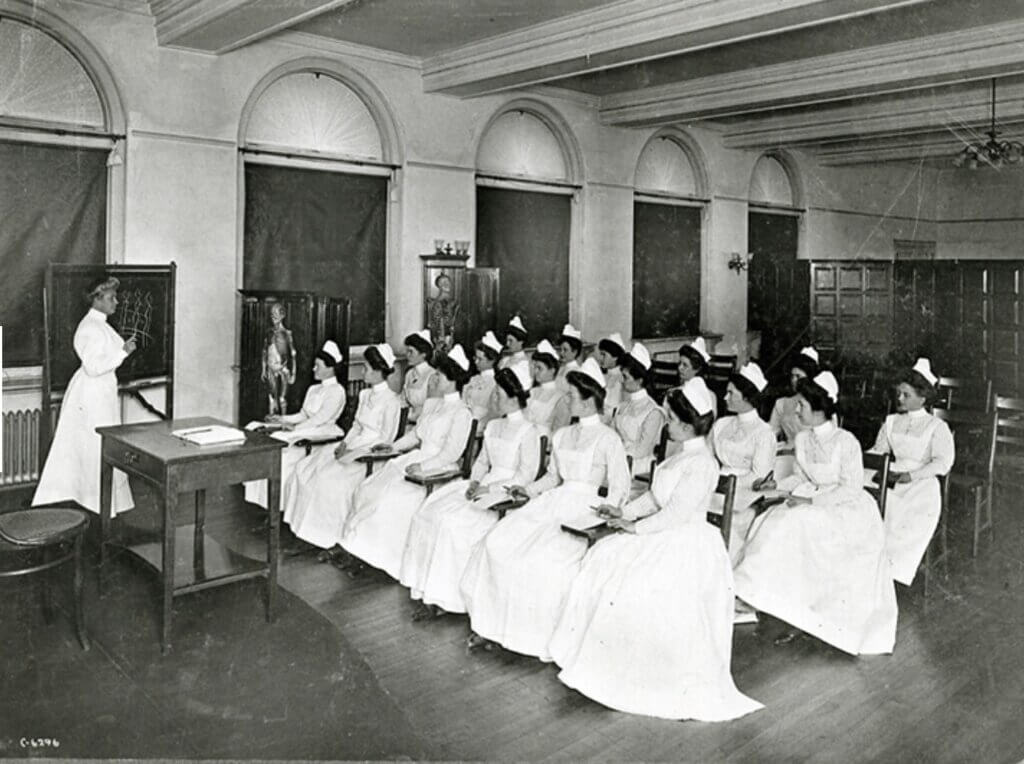
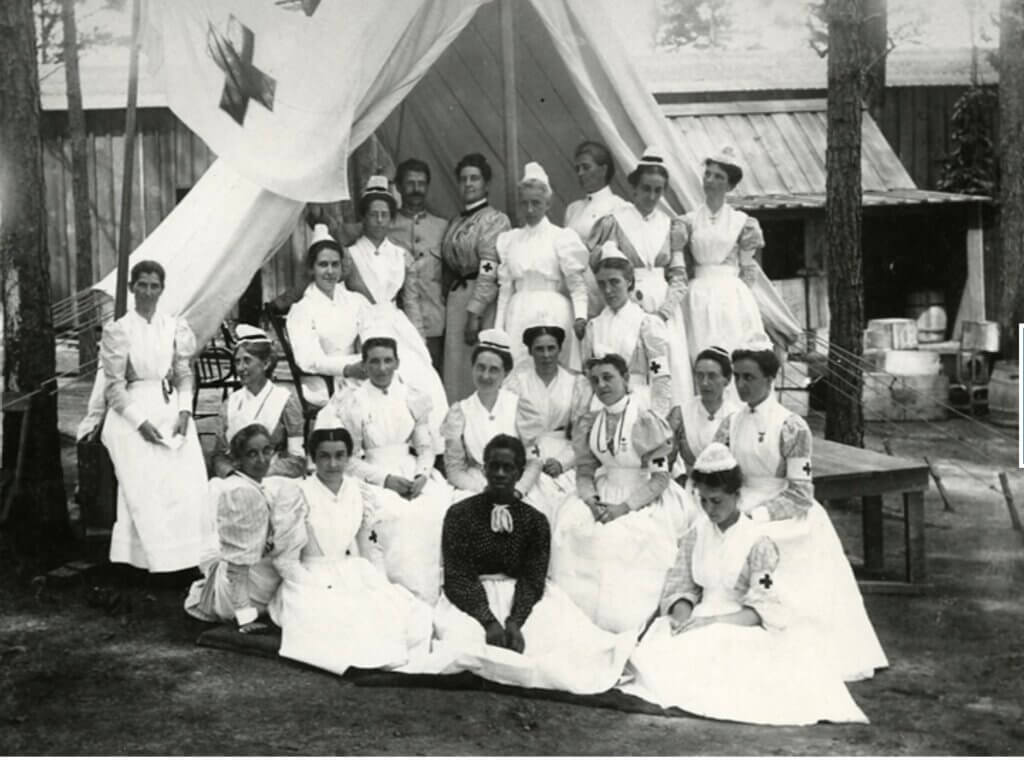
The Brownery
In 1909, Maxwell helped create the Brownery, a rest home on Orange Mountain in New Jersey for nurses, students, and social workers. Funded by the John Crosby Brown family, the Brownery quickly became a model of success. May Claxton, a noted nurse, managed the home under Maxwell’s leadership. When the Brownery relocated to Nyack, Mrs. Brown and other sponsors continued to support it for two more years. Mrs. Brown even donated the furniture. Maxwell became president of the new Haven Country Club, just as she had been at the Brownery.

The Haven Country Club
After Smith’s death, the De Cantillon estate was subdivided. The mansion and four surrounding acres were purchased by the Haven Country Club, a rest and recreation home for professional women. Managed entirely by women, the club was led by President Anna C. Maxwell.
What went on at the Haven? According to its brochures, the club provided “an affordable, attractive place” for self-supporting women—nurses, teachers, social workers, and students—to rest and recharge. These women formed the core membership, creating a community of professionals seeking respite from demanding jobs. While membership was limited to working women, others could still participate as associates.

The house featured spacious rooms, wide sunny verandas, and large grounds ideal for gardening and walking. The New York State Charities Aid Association praised the club’s operation. Annual dues cost $1. Weekly room rates ranged from $10 to $12.50. Rooms with private baths and fireplaces were available for $25 per week. Members recovering from illness had to provide a doctor’s note confirming they were ambulatory and free of infectious diseases.
From Country Club to School and Apartments
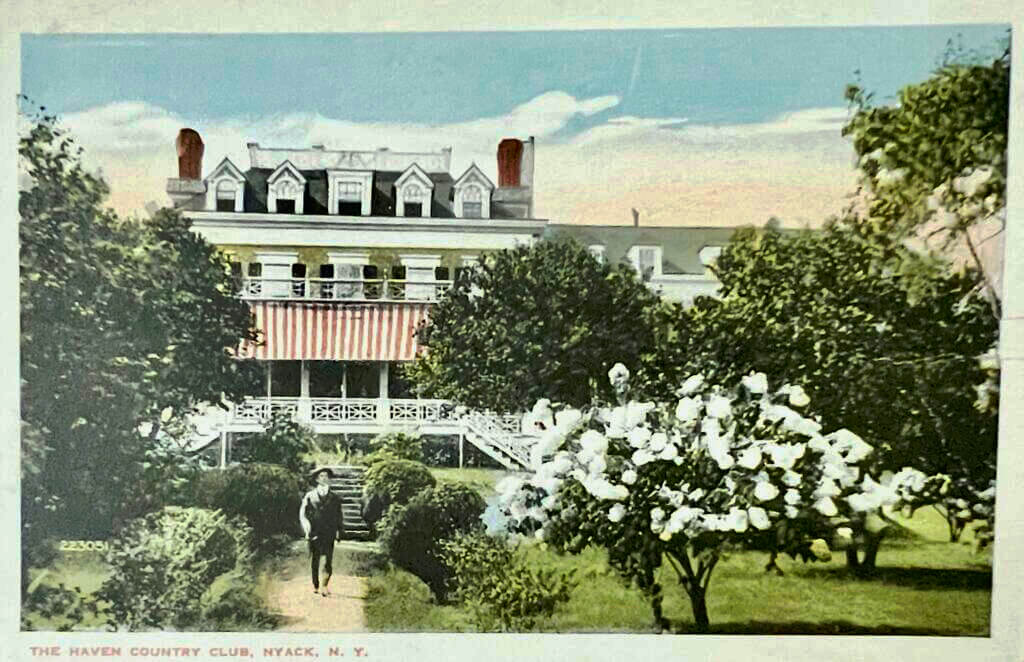
After ten years, the Haven Country Club closed. In 1923, Mrs. Helen Harley Jenkins of New York City acquired the property. She added a large north wing, creating a building with 43 bedrooms, 13 bathrooms, and several reception rooms and offices.

In 1924, Miss Ryer’s Country School relocated to the site, renamed the Haven School. It served both boarding and day students, preparing children for secondary school with a progressive—but not extreme—approach. The school emphasized healthful living and a balanced diet.

By the start of the Great Depression in 1929, the school closed. Developer Alan Legget, Inc. purchased the property, renamed the mansion Haven Manor, and converted it into apartments. The remaining land was subdivided into house lots.
Today, the original estate house is gone. Its likely location now holds a three-story brick apartment building with seasonal views of the Hudson River.

Haven Country Club Legacy
Though short-lived, the Haven Country Club represented something rare in early 20th-century America: a business owned and operated by women, for women—at a time when women couldn’t yet vote. As Nyack transitioned from farmland to estates, and from estates to schools and apartments, the Haven Country Club stood briefly as a beacon of independence, health, and community for professional women seeking rest, renewal, and respect.
Mike Hays lived in the Nyacks for 38-years. He worked for McGraw-Hill Education in New York City for many years. Hays serves as President of the Historical Society of the Nyacks, Vice-President of the Edward Hopper House Museum & Study Center, and Upper Nyack Historian. Married to Bernie Richey, he enjoys cycling and winters in Florida. You can follow him on Instagram as UpperNyackMike.
Editor’s note: This article is sponsored by Sun River Health and Ellis Sotheby’s International Realty. Sun River Health is a network of 43 Federally Qualified Health Centers (FQHCs) providing primary, dental, pediatric, OB-GYN, and behavioral health care to over 245,000 patients annually. Ellis Sotheby’s International Realty is the lower Hudson Valley’s Leader in Luxury. Located in the charming Hudson River village of Nyack, approximately 22 miles from New York City. Our agents are passionate about listing and selling extraordinary properties in the Lower Hudson Valley, including Rockland and Orange Counties, New York.




